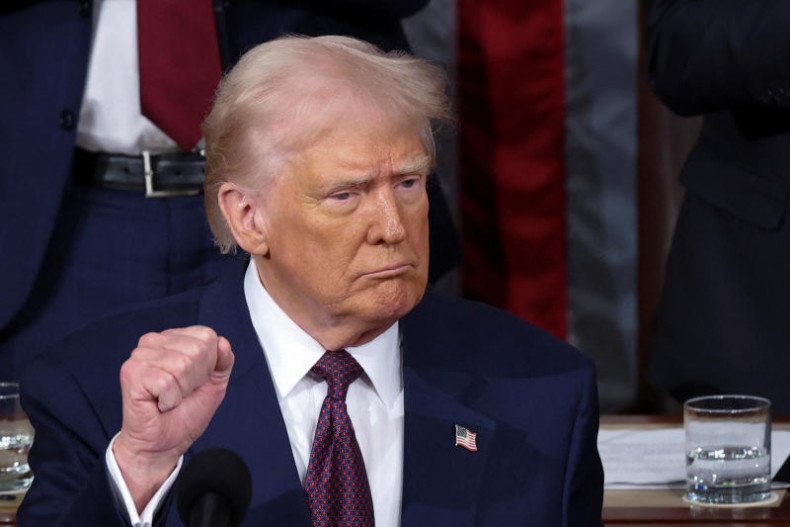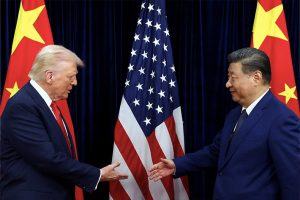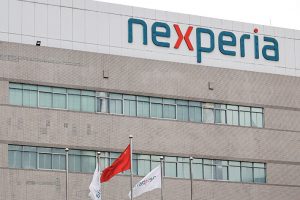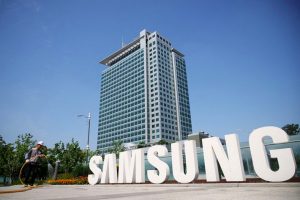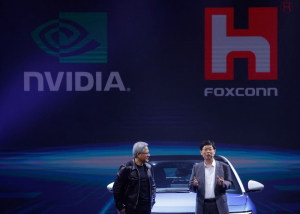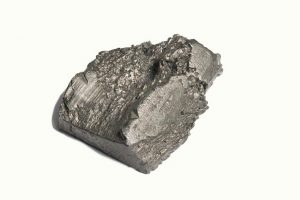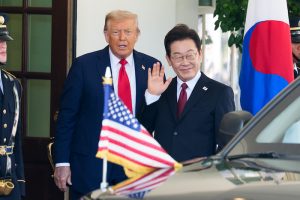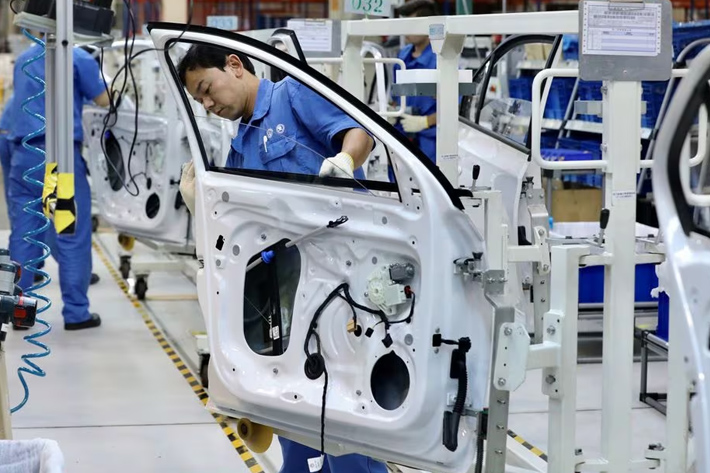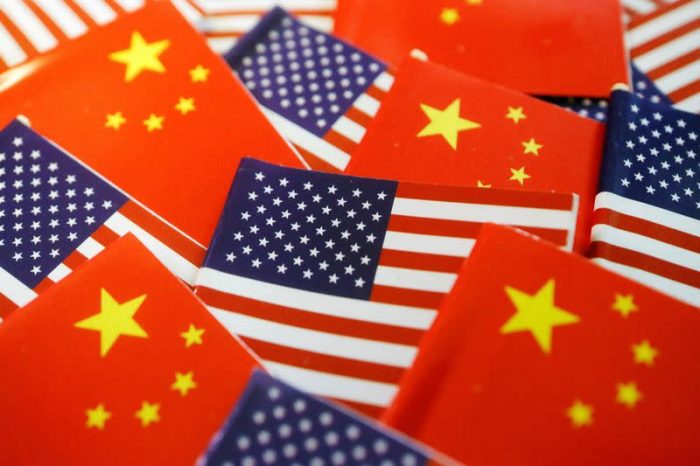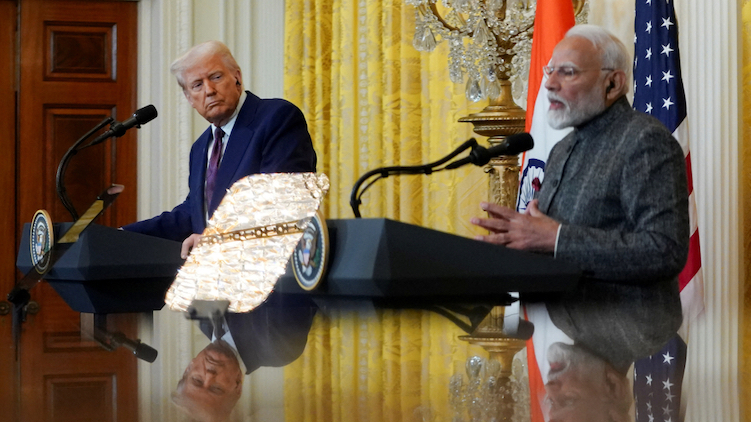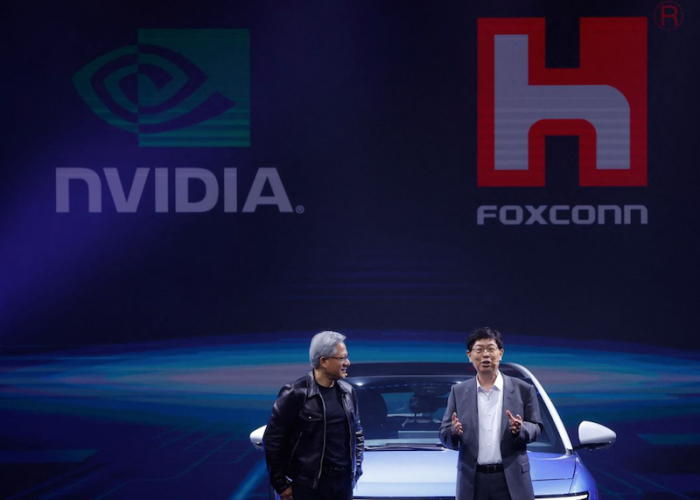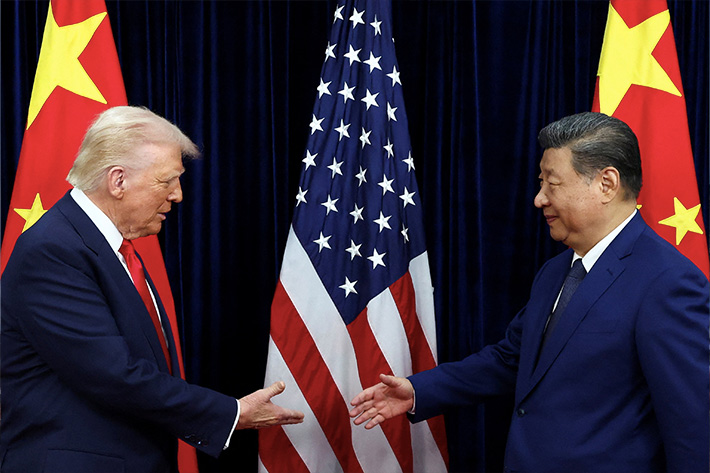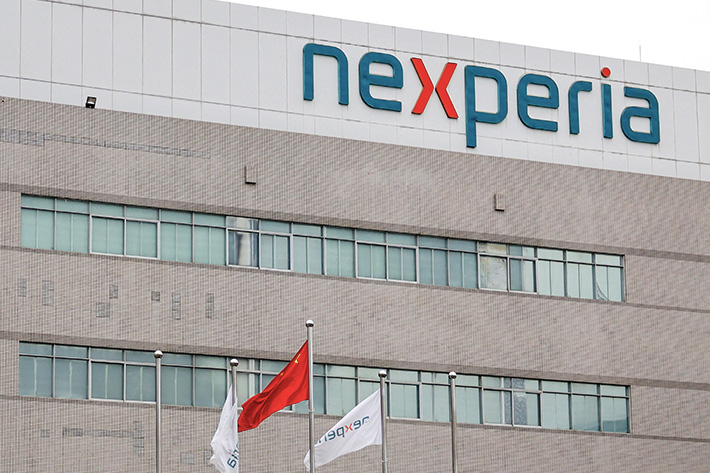Beijing has vowed, yet again, to take “resolute measures” against the US over Washington’s recent guidance warning companies to not use artificial intelligence chips made by Chinese technology giant Huawei.
US-sanctioned Huawei has emerged as the biggest player in China’s semiconductor industry, supplying companies on the mainland with advanced AI chips at a time when Washington’s export bans have made it difficult for Chinese technology giants to acquire them.
But last week, the US Commerce Department issued guidance alerting businesses to the risk of violating US export controls by using Chinese chips.
Also on AF: Trump ‘Doesn’t Want’ Apple to Tie-Up With Alibaba AI in China
The guidance singled out Huawei, with the Commerce Department saying that the use of the company’s Ascend chips “anywhere in the world” is a violation of export controls.
Slamming Washington’s guidance, China said on Monday that the action seriously undermined the consensus reached between the two countries at their high-level bilateral talks in Geneva.
“The US has been abusing export control measures, imposing stricter restrictions on Chinese chip products under unfounded accusations… China firmly opposes this,” the Chinese commerce ministry said in a statement.
“Trying to trip others won’t make oneself run faster,” it added, warning that Washington’s move could ultimately harm the US’s own industrial competitiveness.
The ministry urged the United States to “immediately correct its wrongdoings” and stop “discriminatory” measures. It said it would take resolute measures if the US continues to “substantially” harm China’s interests.
Huawei has quickly become a big chip supplier to top Chinese internet players like TikTok-parent ByteDance and video-game maker Tencent, with the companies scurrying to find alternatives to US chipmaker Nvidia’s AI chips.
That search is primarily fuelled by concerns that the US could, at any time, step up its chip export bans — as it has done in the past. Such an action would immediately cut off these firms from the chips they desperately need.
Meanwhile, Huawei is also trying to fill the market gap created by Washington’s export bans. Until the restrictions took effect Nvidia dominated the Chinese AI chip market with a more than 90% share.
With Nvidia now unable to sell some of its most advanced chips in China, Huawei is looking to poach the US chipmaker’s clientele with advanced offerings. Last month, the Wall Street Journal reported that Huawei was getting ready to test its new and most powerful AI processor.
The company believes the chip — the Ascend 910D — will be more powerful than Nvidia’s H100.
US-China hot and cold on trade
The war of words on AI chips is the latest complication in the frail trade truce reached by negotiators from China and the US. Earlier this month, the two superpowers unexpectedly decided to scale back a majority of their triple-digit tariffs on each other for a 90-day period.
China’s Vice Commerce Minister Li Chenggang and US Trade Representative Jamieson Greer — both negotiators in the Geneva talks — also met last week on the sidelines of an Asia-Pacific Economic Cooperation meeting in South Korea.
While neither side has issued a statement on the details of the discussions, both are believed to be working towards a more permanent deal.
At the same time, there also remains an air of uncertainty around the strength of their dialogue.
For instance, on Sunday, China announced anti-dumping duties as high as 74.9% on industrial plastic from the US. While it also imposed levies on the European Union, Japan and Taiwan, the highest were imposed on the US.
Beijing is also maintaining a tight clampdown on exports of rare earths despite US negotiator Greer saying Beijing had agreed to ease their exports.
Meanwhile, after the Geneva truce, US President Donald Trump claimed a “total reset” in relations with China. But the US tariff rate on imports from China still currently stands at 31.8%, according to ratings agency Fitch. That is the highest of any US trading partner.
Aside from that the US also has an ongoing probe into semiconductor imports and the electronics supply chain.
Washington is also currently at odds with Beijing on a deal to sell TikTok’s US assets. And it reportedly opposes a tie-up between iPhone-maker Apple and Chinese e-commerce giant Alibaba for AI services in China.
Meanwhile, in an interview with Fox News last week, Trump claimed that if he hadn’t agreed on the trade truce, “China would have broken apart.” He also said the US-China relationship was important and that he was willing to travel to Beijing to meet with President Xi Jinping.
On Monday, Beijing mouthpiece The Global Times said Trump’s comments reflected “a contradictory approach in Washington’s foreign policy”.
.@BretBaier: “The market was really happy with the China situation.”@POTUS: “If I didn’t do that deal with China, I think China would have broken apart… Our country has a lot of spirit. You know why? Because of November 5.” pic.twitter.com/XPInYbxABY
— Rapid Response 47 (@RapidResponse47) May 16, 2025
- Reuters, with additional editing and inputs from Vishakha Saxena
NOTE: Minor edits were made to the text and a link inserted on May 21, 2025.
Also read:
Satellite Images Show Huawei’s Expanding Chip Facilities – FT
World Now Sees China, Xi More Favourably Than US, Trump
Rogue Communication Devices Found in Chinese Solar Inverters
Mass Layoffs Avoided in China, But Export Sector Badly Shaken
TransPacific Cargo Surges on US-China Tariffs Backdown
Trump Unveils Huge Chip Deals in Gulf After Rejig of Export Rules
China Touting Geneva Trade Agreement With US as a Victory
Fear of Huge Job Losses Led to China’s Move to Discuss Tariffs
When China Becomes More Credible Than Hermes
How One YouTuber Defied The US-China Trade War
China Science Vs US Export Controls
China’s Huawei, SMIC ‘to Ramp Up Production’ of Newest AI Chip
Huawei, SMIC Set to Defy US Sanctions With 5nm Chips: FT




